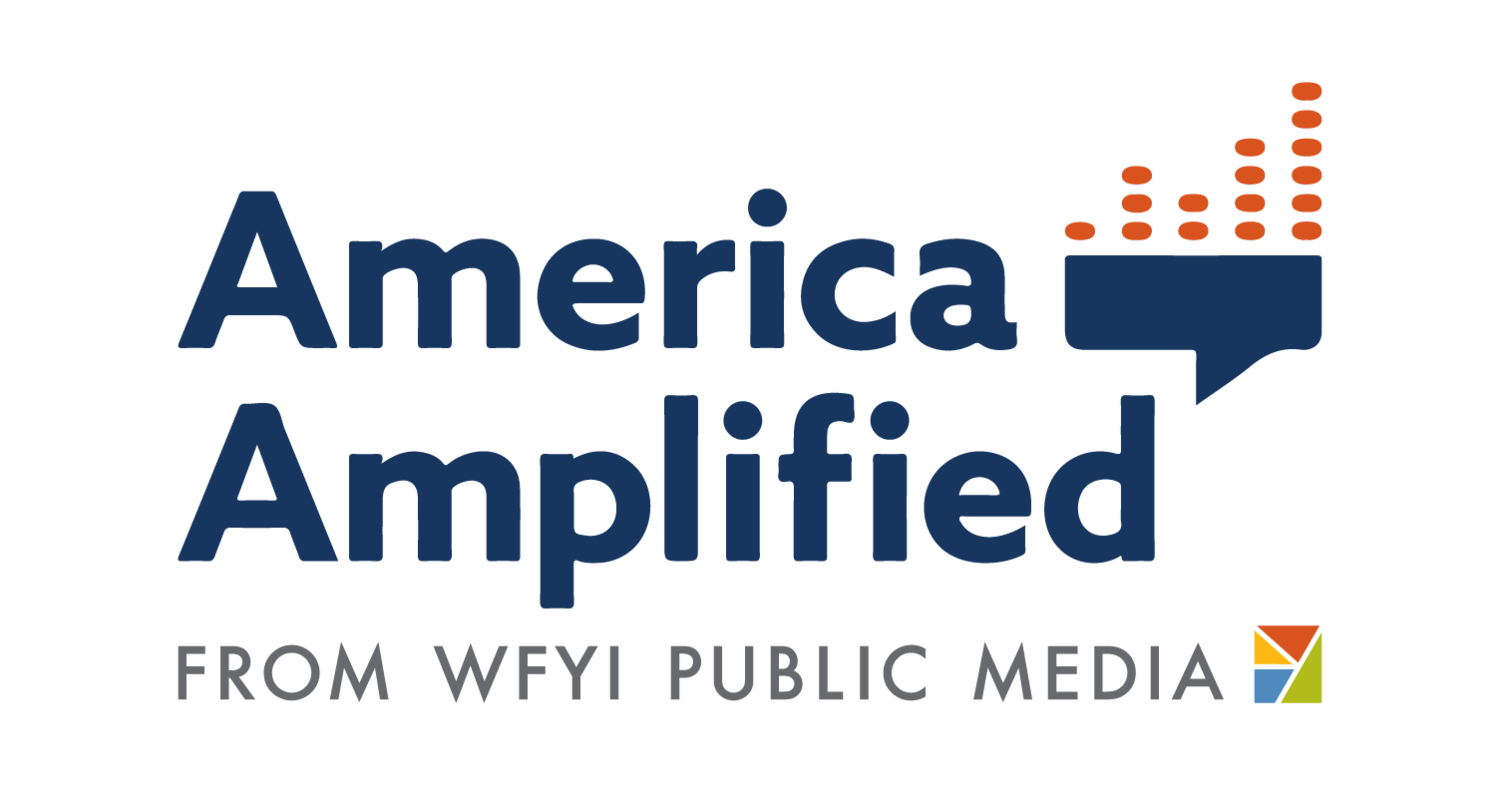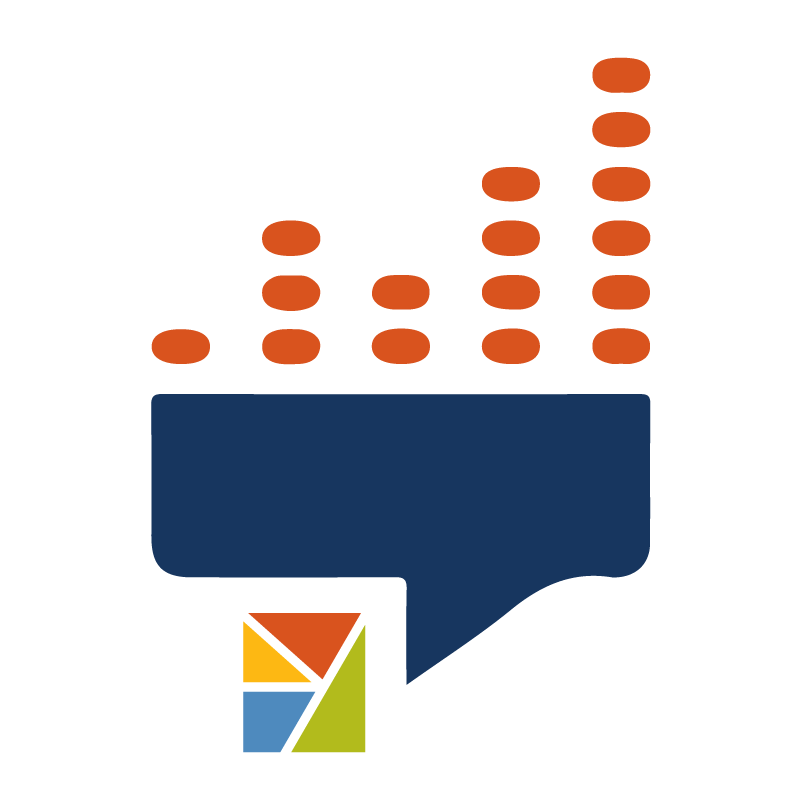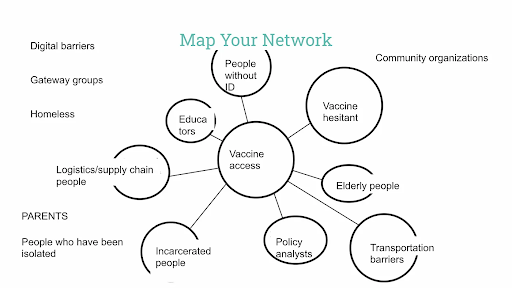Using Network Mapping as an Engaged Journalism Tool
As you embark on any community engagement journalism project, the first hurdle you might encounter is figuring out who makes up the community you’re hoping to connect with. You can’t practice deep listening if you don’t know who to listen to, right? Network Mapping, also referred to as Stakeholder Mapping, is a tool we can use to visualize the invisible infrastructure that makes up every community. The people, organizations, and physical or digital places you identify as part of that infrastructure become your on-ramps to that community — potential partners or sources for you to reach out to.
To get started with your map, it’s helpful to have a strong definition of “stakeholder” — here’s the one we like at America Amplified:
“A person with an interest or concern in something”
But, what exactly does it mean for something to be “at stake”? It could be something that’s at risk, for example "people's lives could be at stake,” or it could be something that’s at issue or in question: building low-income housing in your neighborhood, for example, or creating new open space.
Essentially, a stakeholder is someone with skin in the game. Someone for whom the stakes are high. Someone for whom coverage of an issue is relevant in an important way.
If you’ve never seen a Network Map before, they often look like spider webs or flow charts built off of one central idea. In the middle, you have the community or group you’ve identified. Around that, you have different categories of relevant stakeholders that make up that community — usually organized by people, places, media and organizations. From there, you begin brainstorming, and the web grows. You’ll try to make your map as full as possible at the beginning of your project, but don’t worry if it feels incomplete. As you get to know your community better and better, you can add to the map and build it out further.
Network mapping examples. Credit Jennifer Brandel and America Amplified.
Remember, when we create a network map, we’re not only looking at who to listen to, but who to involve in the work you’re doing. Communities aren’t monoliths. They’re full of interest groups, which is helpful for us because interest groups like to gather, and you can meet and engage with people where they gather.
Ready to put this powerful tool to use? Below is a guide to build your own network map — you can apply this to a beat, a story, a coverage area or a single engagement project. You can use post-it notes and a white board, pen and paper, or a template like this in a Mural or a similar virtual tool.
Network Mapping Exercise:
Goal: Look at the community or audience you’ve chosen to focus on and break it down into smaller groups of stakeholders.
Recommended Time: 30 minutes
Tools needed:
In person with a group:
A large space to create your map (ideally somewhere or something you can keep after you’re done)
White board, blank wall, butcher block paper
One stack of post-its per participant
Sharpies
Timer/stopwatch
Solo, analog:
Pen and paper (easy peasy!)
Online with a group or solo:
A virtual whiteboard like Mural, Jamboard, Miro, etc.
Brainstorming rules:
No judgment – it’s not a very productive brainstorming session when we’re shooting down ideas. There are NO bad ideas!
Encourage wild ideas
Build on others ideas (yes and!)
Stay focused – put away devices and other distractions
One thing per post-it – one idea = one post-it. Don’t make lists on your post-its
Go for QUANTITY!
Full Instructions:
Set a timer for 30 minutes (don’t start it yet!)
Put the community or audience you’re going to map at the center. Around that, you’ll place four or five more post-its that will be the seeds from which the rest of your map grows.
We suggest some or all of these:
Organizations - businesses, non-profits, or other groups that have a stake in addressing information needs
People - people who hold power or influence in the community/audience and have a stake in addressing information needs
Media - other outlets that reach this community or audience
Places - geographic or physical places where these stakeholders are or where they might gather
Other - is there something else relevant to your community or audience you want to map? These might include
Relevant events (block parties, holiday events, concert series, etc.)
Virtual spaces (social media groups, forums,)
Start the timer
Start brainstorming off of the seeds/categories you’ve created, kind of like word association. Your stakeholder map will start branching out like a tree.
Use each new item as a prompt for more items.
If you get stuck, look at the items you’ve already added and break it down more. Go deeper!
Using your network map:
As you get to know the community or audience better, continue to add to your map.
Use it as a reference. Put it up in your office! The map can help you:
Find sources
Identify potential project partners
Consider places to hold listening sessions
Find social media accounts that might help you amplify your efforts
Remind you of how much you’ve learned about this community
And more!






